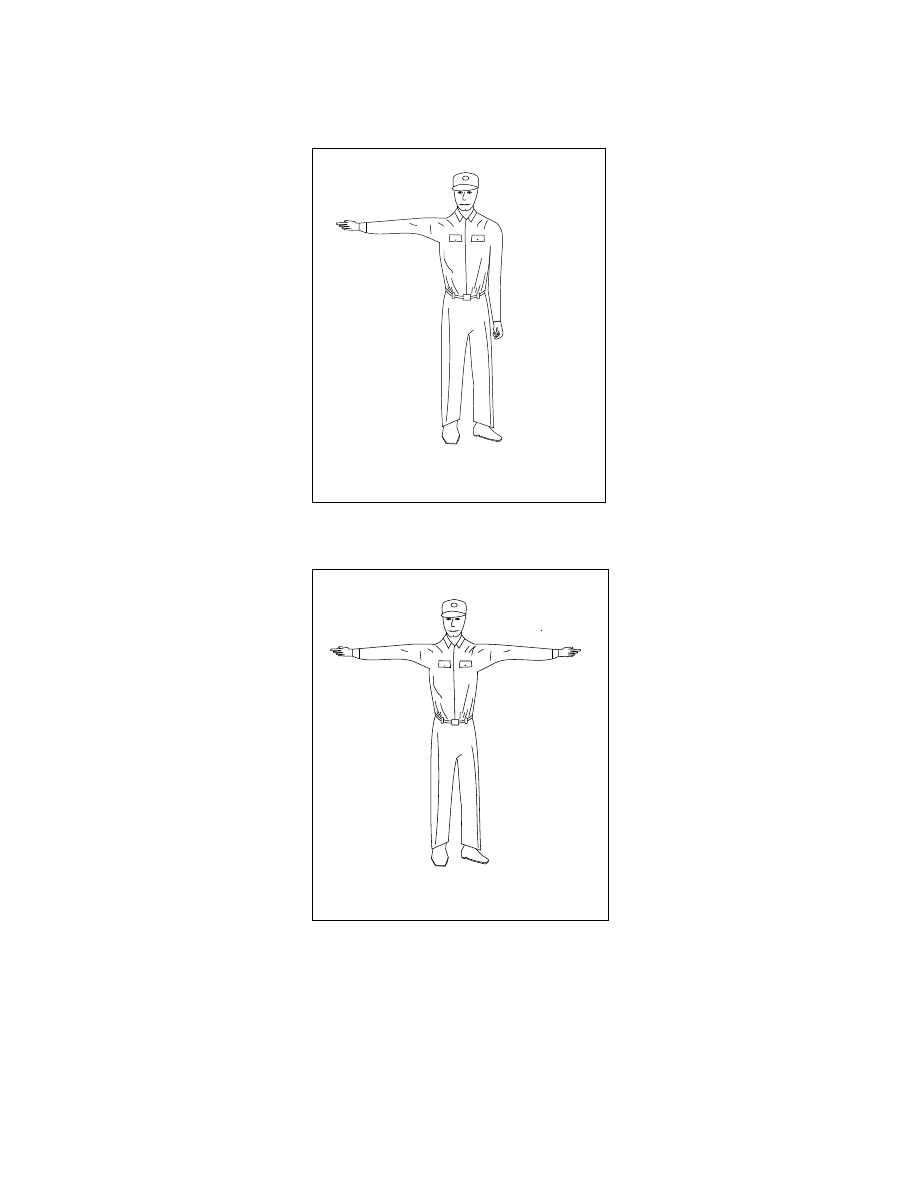
AIM
4/20/23
4.
Pilots must not change any database waypoint type from a fly
−
by to fly
−
over, or vice versa. No other
modification of database waypoints or the creation of user
−
defined waypoints on published RNAV or RNP
procedures is permitted, except to:
(a)
Change altitude and/or airspeed waypoint constraints to comply with an ATC clearance/instruction.
(b)
Insert a waypoint along the published route to assist in complying with ATC instruction, example,
“Descend via the WILMS arrival except cross 30 north of BRUCE at/or below FL 210.” This is limited only to
systems that allow along
−
track waypoint construction.
5.
Pilots of FMS
−
equipped aircraft, who are assigned an RNAV DP or STAR procedure and subsequently
receive a change of runway, transition or procedure, must verify that the appropriate changes are loaded and
available for navigation.
6.
For RNAV 1 DPs and STARs, pilots must use a CDI, flight director and/or autopilot, in lateral navigation
mode. Other methods providing an equivalent level of performance may also be acceptable.
7.
For RNAV 1 DPs and STARs, pilots of aircraft without GPS, using DME/DME/IRU, must ensure the
aircraft navigation system position is confirmed, within 1,000 feet, at the start point of take
−
off roll. The use of
an automatic or manual runway update is an acceptable means of compliance with this requirement. Other
methods providing an equivalent level of performance may also be acceptable.
8.
For procedures or routes requiring the use of GPS, if the navigation system does not automatically alert
the flight crew of a loss of GPS, the operator must develop procedures to verify correct GPS operation.
9.
RNAV terminal procedures (DP and STAR) may be amended by ATC issuing radar vectors and/or
clearances direct to a waypoint. Pilots should avoid premature manual deletion of waypoints from their active
“legs” page to allow for rejoining procedures.
10.
RAIM Prediction: If TSO
−
C129 equipment is used to solely satisfy the RNAV and RNP requirement,
GPS RAIM availability must be confirmed for the intended route of flight (route and time). If RAIM is not
available, pilots need an approved alternate means of navigation.
REFERENCE
−
AIM, Para 5
16, RNAV and RNP Operations.
11. Definition of “established” for RNAV and RNP operations.
An aircraft is considered to be
established on-course during RNAV and RNP operations anytime it is within 1 times the required accuracy for
the segment being flown. For example, while operating on a Q-Route (RNAV 2), the aircraft is considered to be
established on-course when it is within 2 NM of the course centerline.
NOTE
−
1.
Pilots must be aware of how their navigation system operates, along with any AFM limitations, and confirm that the
aircraft’s lateral deviation display (or map display if being used as an allowed alternate means) is suitable for the accuracy
of the segment being flown. Automatic scaling and alerting changes are appropriate for some operations. For example,
TSO-C129 systems change within 30 miles of destination and within 2 miles of FAF to support approach operations. For
some navigation systems and operations, manual selection of scaling will be necessary.
2.
Pilots flying FMS equipped aircraft with barometric vertical navigation (Baro-VNAV) may descend when the aircraft is
established on-course following FMS leg transition to the next segment. Leg transition normally occurs at the turn bisector
for a fly-by waypoint (reference paragraph 1-2-1 for more on waypoints). When using full automation, pilots should monitor
the aircraft to ensure the aircraft is turning at appropriate lead times and descending once established on-course.
3.
Pilots flying TSO-C129 navigation system equipped aircraft without full automation should use normal lead points to
begin the turn. Pilots may descend when established on-course on the next segment of the approach.
5
−
5
−
10
Pilot/Controller Roles and Responsibilities